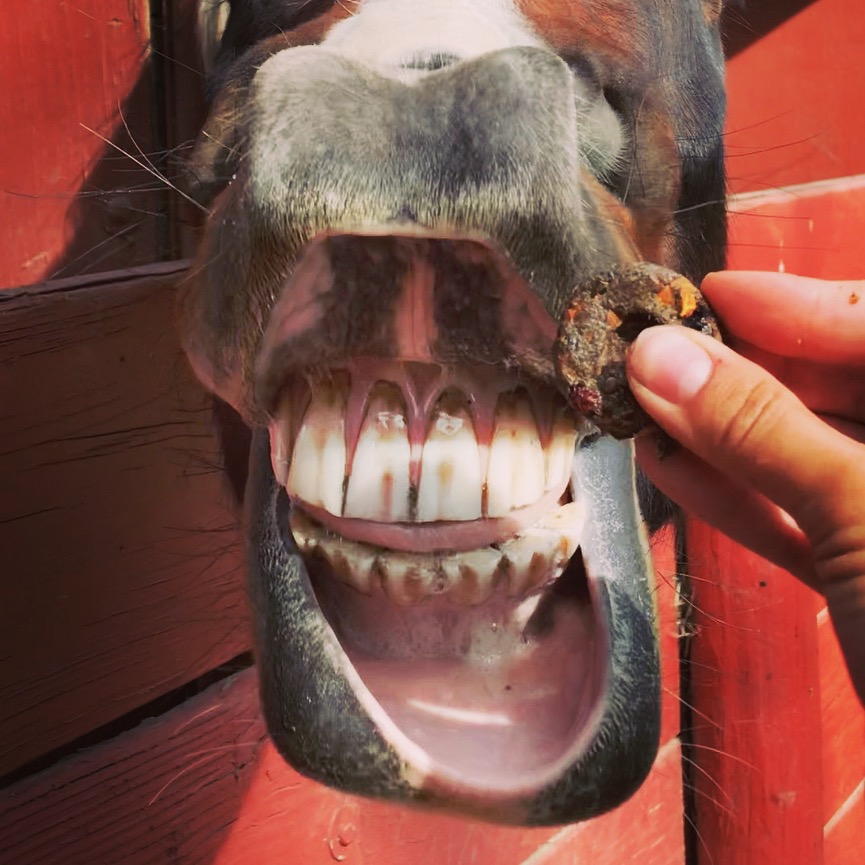Towing: Are You Hauling Your Horse Safely?
- Twenty Four Carrots

- May 18, 2020
- 3 min read
There is much more to consider when towing a horse trailer other than having a hitch, hooking up the trailer, loading your horse and hitting the road. Vehicles, hitches and trailers all have different weight ratings and as such it is important to know and understand the towing equipment you are working with or need in order to tow safely.

The Must Know Information:
-A two-horse tagalong cannot be safely hooked up to a tow vehicle's bumper. The weight of the trailer is liable to pull the bumper off the vehicle completely.
-Most states require a frame-mounted receiver hitch for tagalong trailers. Even if not required in your state, a frame-mounted receiver hitch is recommended.
-Check your hitch rating. Each component of the hitch (hitch ball, slide-in ball mount and coupler) must be equal or greater than the fully loaded weight of the trailer being pulled. This information should be readily available on a sticker on your frame-mounted tagalong hitch.
-Be sure your hitch ball fits correctly into the coupler. For example, a 2” coupler won’t drop onto a 2 5/16” ball. But, a 2 5/16” coupler will drop onto a 2” ball, however the fit will be loose causing the hitch ball to bounce in and out of the coupler while traveling.
-Weight carrying rating: the weight the hitch will hold on its own without weight-distribution bars.
-Weight distribution rating: the weight the hitch will hold on its own with weight-distribution bars.
-To tow a fully loaded tagalong trailer, you will need weight-distribution bars if you are towing with a vehicle other than truck that’s at least a half-ton.

How to Determine Weights:
It is always best to be thorough when it comes to hauling. A miscalculation can end in disaster. To ensure that you are not overloading your hitch components or trailer, establish these weights:
-Tongue Weight: If you are unable to locate the tongue weight of your trailer, call your dealer or the customer service line of the company that sells your trailer. If this method doesn’t work, a trip to a scale will. Scales can be located at gravel yards, dumps, or truck stops. To calculate tongue weight, approach the scale and stop before the trailer tires roll onto the scale. Disconnect your tow vehicle and lower the jack so that the scale is supporting the tongue.
Expanding on tongue weight...a tagalong trailer’s tongue weight is anywhere from 10 to 20 percent of the trailer’s weight (when empty). The best designed trailers have a tongue weight that is close to the same as the trailer weight when loaded. In general, the more tongue weight, the better. A higher tongue weight will lead to better towing stability.
-Trailer Weight: The trailer weight which should be located on the Manufacturer’s Certificate of Origin or on a sticker that is usually located on the side of the trailer or on the trailer door. If you are unable to locate the weight, then take your trailer to a scale. Weigh your trailer by placing it on the scale and disconnecting it from your vehicle.
-Gross Vehicle Weight: To calculate this, add your trailer weight PLUS the load you plan on towing. Calculate your horse’s weight (done with a weight tape that can be done at your local feed store) plus estimated hay, grain, water, equipment etc. that you expect to be hauling.
-Combined Gross Vehicle Weight: This is easily calculated by taking your vehicle, fully loaded trailer (sans horses) and head back to the scale used to calculate your trailer weight. Be sure that your combined gross vehicle weight does not exceed your vehicle’s gross combined vehicle weight rating.
There you have it! Being aware of the above will ensure that you are not overloading your vehicle, hitch or trailer and will keep you, your precious horse(s) and other drivers safe while you are on the road. But, don’t keep this knowledge to yourself! Share it with horse people you know as this knowledge may help prevent an accident. Happy towing!



Comments